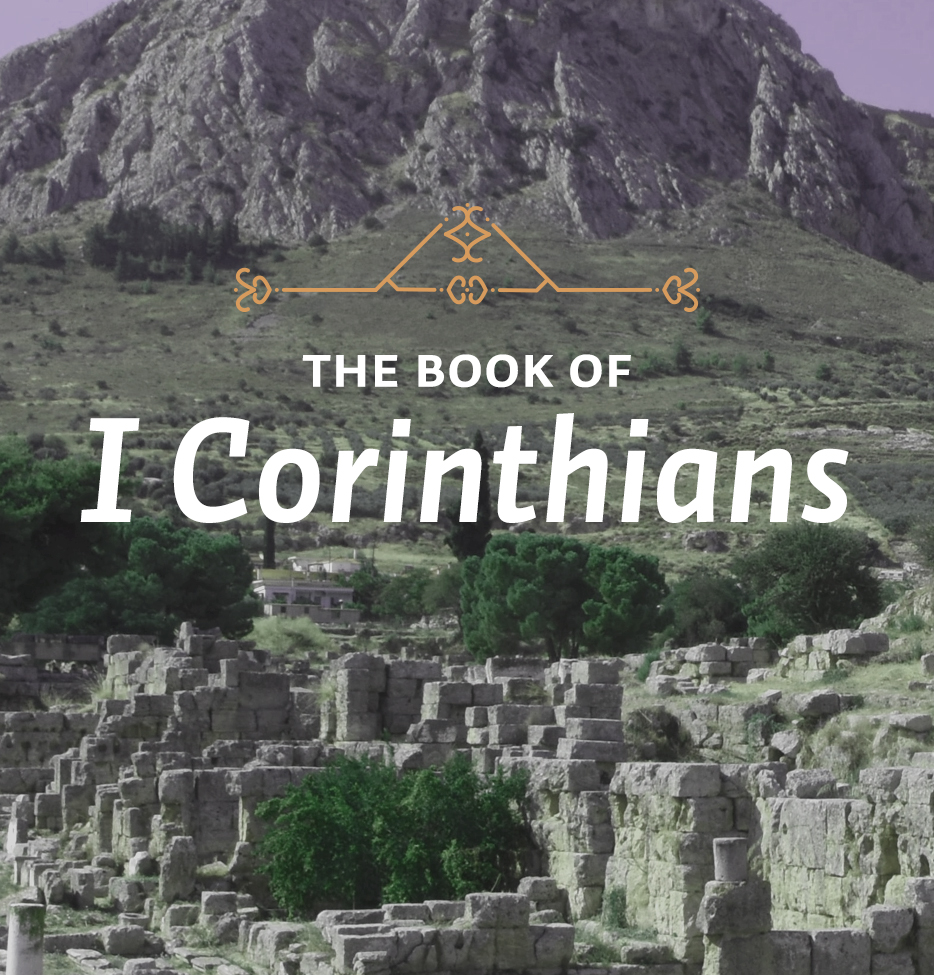But someone will ask, “How are the dead raised? With what kind of body do they come?” You foolish person! What you sow does not come to life unless it dies. And what you sow is not the body that is to be, but a bare kernel, perhaps of wheat or of some other grain. But God gives it a body as he has chosen, and to each kind of seed its own body.
When Hollywood makes movies about the life of Christ, they are often very good up to the point of the Resurrection. I saw one of those films, and in it, at the scene of the Resurrection, the disciples were there, but Jesus was nowhere to be seen. Finally towards the end, there was a sort of mystical, cloudy head up in the sky, just floating away.
If Jesus’ resurrection had happened that way, it would not have convinced me or any of those who were actually present. But when Jesus stood before his disciples and told them to touch him, they did not have any question whatsoever that the one who stood before them was the same one who had died.
On the other hand, I find it interesting that occasionally secular writers can portray the Resurrection. One of them is John Updike. He described the Resurrection in a poem about Easter called, Seven Stanzas at Easter1. He writes,
Make no mistake: if He rose at all
it was as His body;
if the cells’ dissolution did not reverse, the molecules
reknit, the amino acids rekindle,
the Church will fall.
It was not as the flowers,
each soft Spring recurrent;
it was not as His Spirit in the mouths and fuddled
eyes of the eleven apostles;
it was as His flesh: ours.
The same hinged thumbs and toes,
the same valved heart
that–pierced–died, withered, paused, and then
regathered out of enduring Might
new strength to enclose
Let us not mock God with metaphor,
analogy, sidestepping, transcendence;
making of the event a parable, a sign painted in the
faded credulity of earlier ages;
let us walk through the door.
The stone is rolled back, not papier-mâché,
not a stone in a story,
but the vast rock of materiality that in the slow
grinding of time will eclipse for each of us
the wide light of day.
And if we will have an angel at the tomb,
make it a real angel,
weighty with Max Planck’s quanta, vivid with hair,
opaque in the dawn light, robed in real linen
spun on a definite loom.
Let us not seek to make it less monstrous,
for our own convenience, our own sense of beauty,
lest, awakened in one unthinkable hour, we are
embarrassed by the miracle
and crushed by remonstrance.
The doctrine of the Resurrection is not a story that somebody made up to illustrate some profound but hard-to-grasp spiritual truth. Christians who are confronted with Christ are confronted with the One who, at a definite point in history, came to this earth to die for our salvation. Then, with the same body in which he died, he rose again from the dead and ascended to heaven. And one day, in the predetermined time, he will come again to judge the living and the dead.
Paul wrote a great conclusion at the end of 1 Corinthians 15. He says, “Therefore, my dear brothers, stand firm. Let nothing move you. Always give yourselves fully to the work of the Lord, because you know that your labor in the Lord is not in vain” (v. 58). If there is no real resurrection, our labor in the Lord is in vain–it endures for a moment but then passes and is forgotten forever. But if Jesus rose, then he will return to reward those who trust in him, and he will raise them from the dead to be with him forevermore.
We sing in one of our hymns these words:
His oath, His covenant, His blood
Support me in the ’whelming flood.
When all around my soul gives way,
He then is all my hope and stay.
On Christ the solid Rock I stand.
All other ground is sinking sand.
Therefore, as the Apostle Paul said, because of the Resurrection, make sure you stand.
1 From COLLECTED POEMS 1953-1993 by John Updike, copyright © 1993 by John Updike. Used by permission of Alfred A. Knopf, a division of Random House, Inc.






